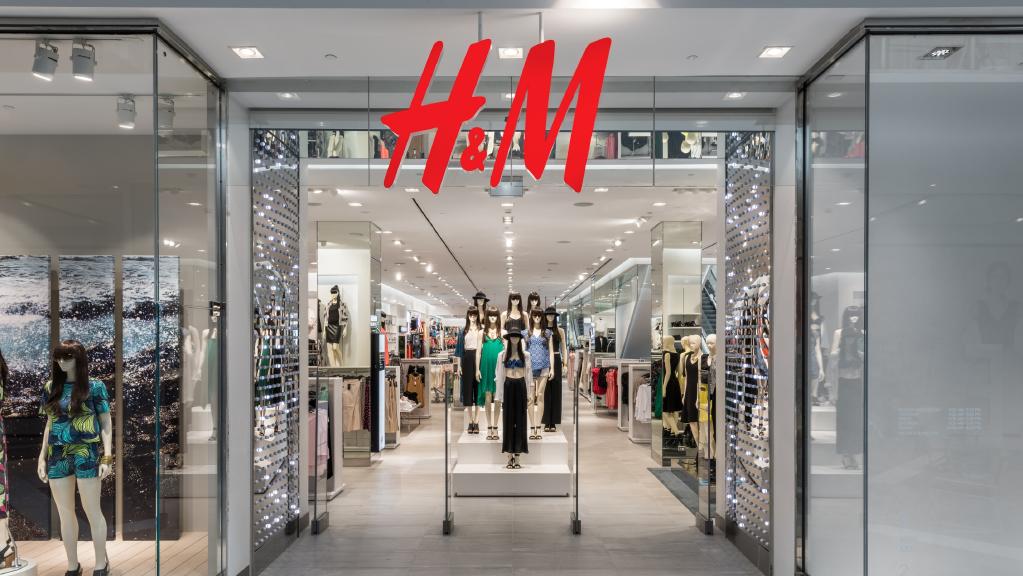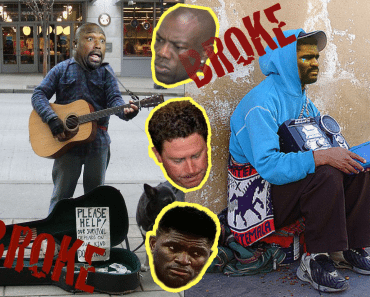
Photo: Wall Street Nation
Once the darling in the fast fashion world, H&M is facing one of it’s largetst profit drop in six years. They’re down 14% in the year ending November 2017.
While the group is made up of eight brands, the H&M brand itself still contributes circa 90% of revenues. Getting this part of the business right is crucial for the long-term health of the company.
“The fashion industry is changing fast. At the heart of the transformation is digitalisation and it is driving the need to transform and rethink faster and faster,” said CEO Karl-Johan Persson in an investor call earlier this year.
Shift to Online
The brand has attempted to catch-up with its competition by shifting to online. But deep-rooted supply chain issues have made integration with its offline stores difficult. Last year Goldman Sachs reported that H&M had lead times twice as long as its biggest competitor. It’s also facing ever-stiffer competition from the likes of ASOS, Boohoo.com, Zalando and more.
It has just announced that while it is opening 390 new stores this year, it is closing 170, resulting in 220 net new; a dramatic fall from it’s previous standing. All of that left the company’s stock price at its lowest in a decade earlier this month.
New Plans for Facilitating Convenience
A big focus at the core of H&M’s announced plans is a focus on reducing friction. Leading this charge is investment in three new automation warehouses that will mean next-day delivery for 90% of the European population over the next 12 months.
Delivery anytime, anywhere is an important demand from always-on customers. The company next aims to launch same-day delivery to key cities in Europe next year.
It has also recently introduced free shipping and returns to its loyalty customers. On top of that comes a new option to choose specific timeslots for when deliveries will arrive, as well as to opt to return in store.
The company is also upgrading its payments capability, thinking about local preferences to make it easier to pay both in-store and online relevant to the market. One example is how it recently introduced a ‘Buy now, pay later’ option online in eight markets, with plans to roll it out further to new territories, as well as in-store, ahead.









